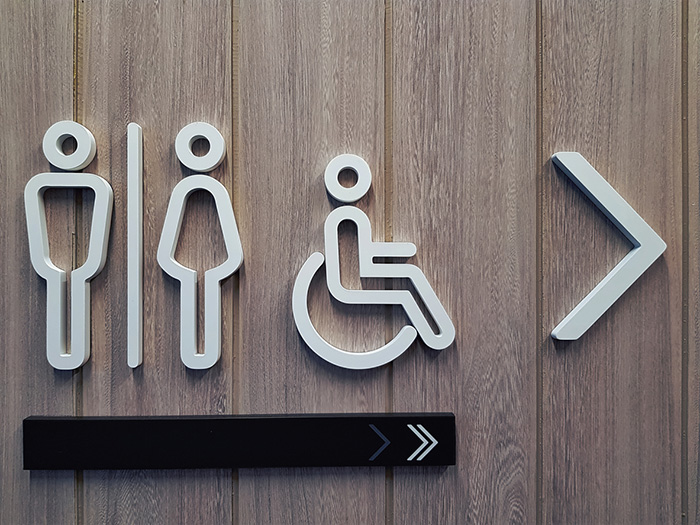
Having trouble peeing? You might have “shy bladder syndrome”
A condition we often see in men and women is shy bladder syndrome (aka paruresis), a term used to describe people who find it difficult or impossible to urinate near other people. This is quite a common social phobia, secondary only to the fear of public speaking. It often begins at school, and symptoms can vary in different situations – eg. going to a public toilet where there are others around (ie school, restaurant, the MCG!) can be quite challenging for people with this condition!
What are the symptoms of shy bladder syndrome?
- The need for privacy when urinating
- Having trouble urinating in public places or at other peoples houses eg a delay in starting urination, urine flow stopping and starting, or a slow urine stream
- Having trouble urinating when guests are at your house, or when someone is waiting outside the toilet
- The fear of other people hearing your urine stream or smelling your urine
- Feeling anxious about needing to go to the toilet
- Restricting fluid intake to avoid the need to urinate
What can be done to help?
- Get your pelvic floor muscles checked
People with this condition often have tense pelvic floor muscles, which contract rather than relax when they want to urinate. Seeing a pelvic floor physiotherapist to get a check of your pelvic floor muscles can diagnose if this is happening and can give you some exercises and strategies to help you and your muscles relax on the toilet.
- Relax and let the bladder do its work
To urinate, the brain needs to tell the bladder muscle to squeeze to empty, and the rest of the pelvic muscles need to relax. Straining tenses the pelvic floor and abdominal muscles, and will make it harder to urinate. Keep your stomach and pelvic floor muscles relaxed, and let the bladder do its job.
- Try a different position to urinate
It is easier for your pelvic floor muscles to relax in sitting rather than standing. When sitting down to wee, lean forward from the hips, keep your back straight, and rest your forearms on your thighs. Relax and bulge your belly forward, and for men, let your penis and scrotum drop down.
- Take your time on the toilet
Before trying to urinate, take a moment to relax your whole body – drop your shoulders, make your fingers long and your cheeks soft. Close your eyes and imagine in your mind relaxing and letting go. Take a deep breath and as you exhale, feel any tension leaving your body.
- Drink enough fluid
The bladder empties best when it has an appropriate volume to empty. Restricting fluids can make it harder to get the flow started. Keeping up a good volume of fluid intake makes it easier to get the flow started. For some tips on fluid intake, check out our blog “Busting Myths About Water Intake”.
Shy Bladder Syndrome Is Treatable
Don’t put up with shy bladder syndrome, seek help and restore your pelvic health today. Contact us to find out more if you or your friends or family need help with shy bladder syndrome.
June 2021




